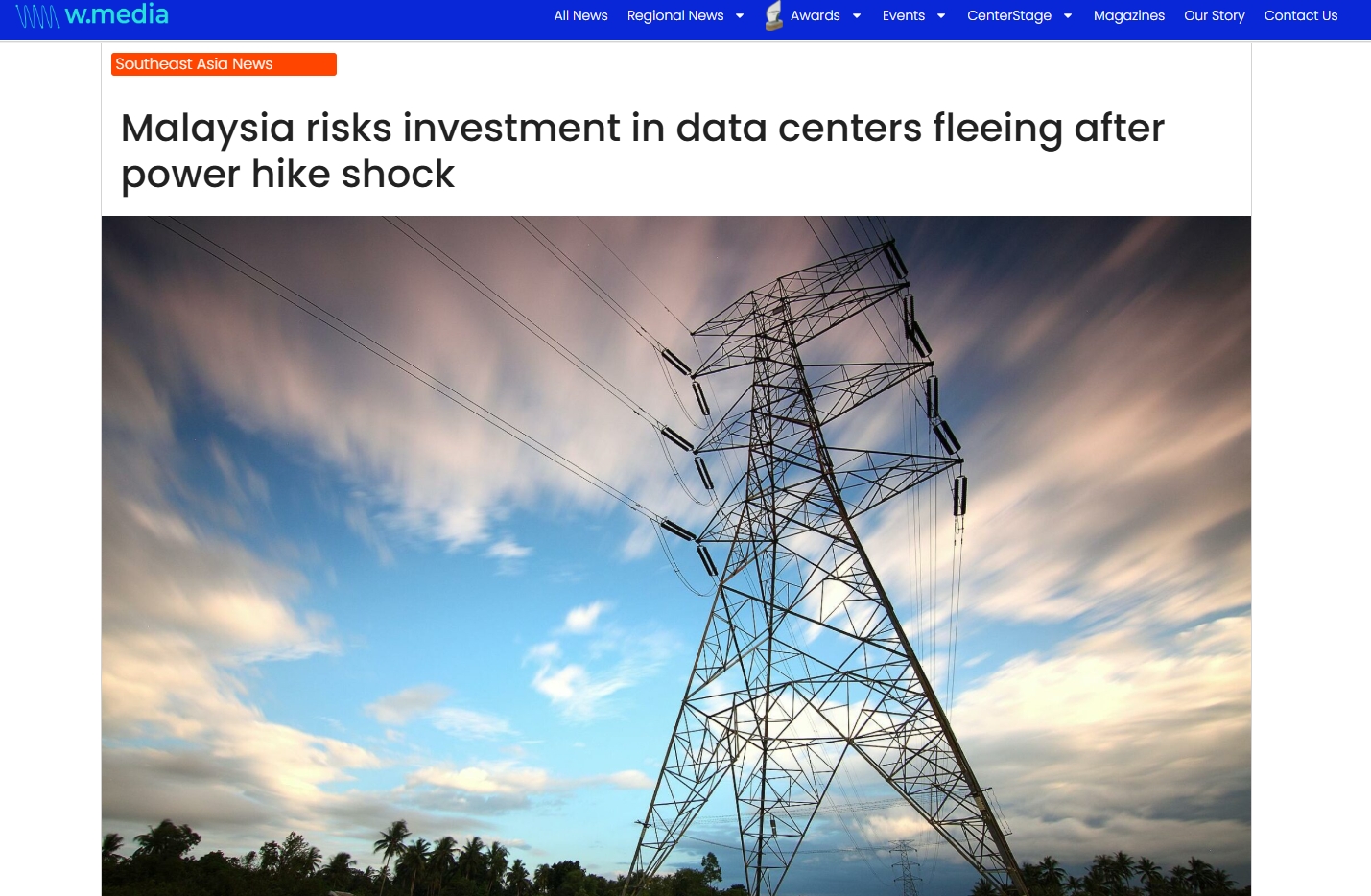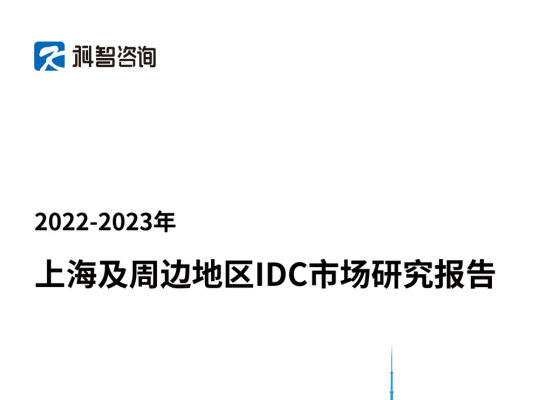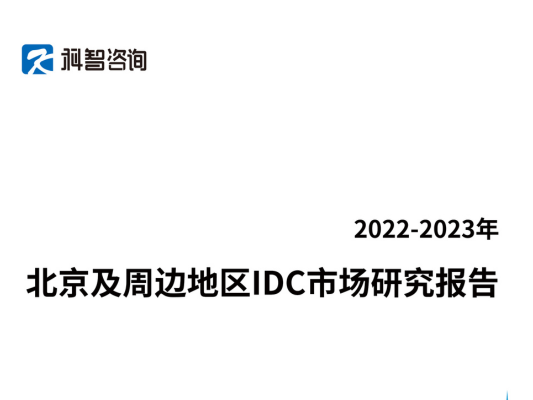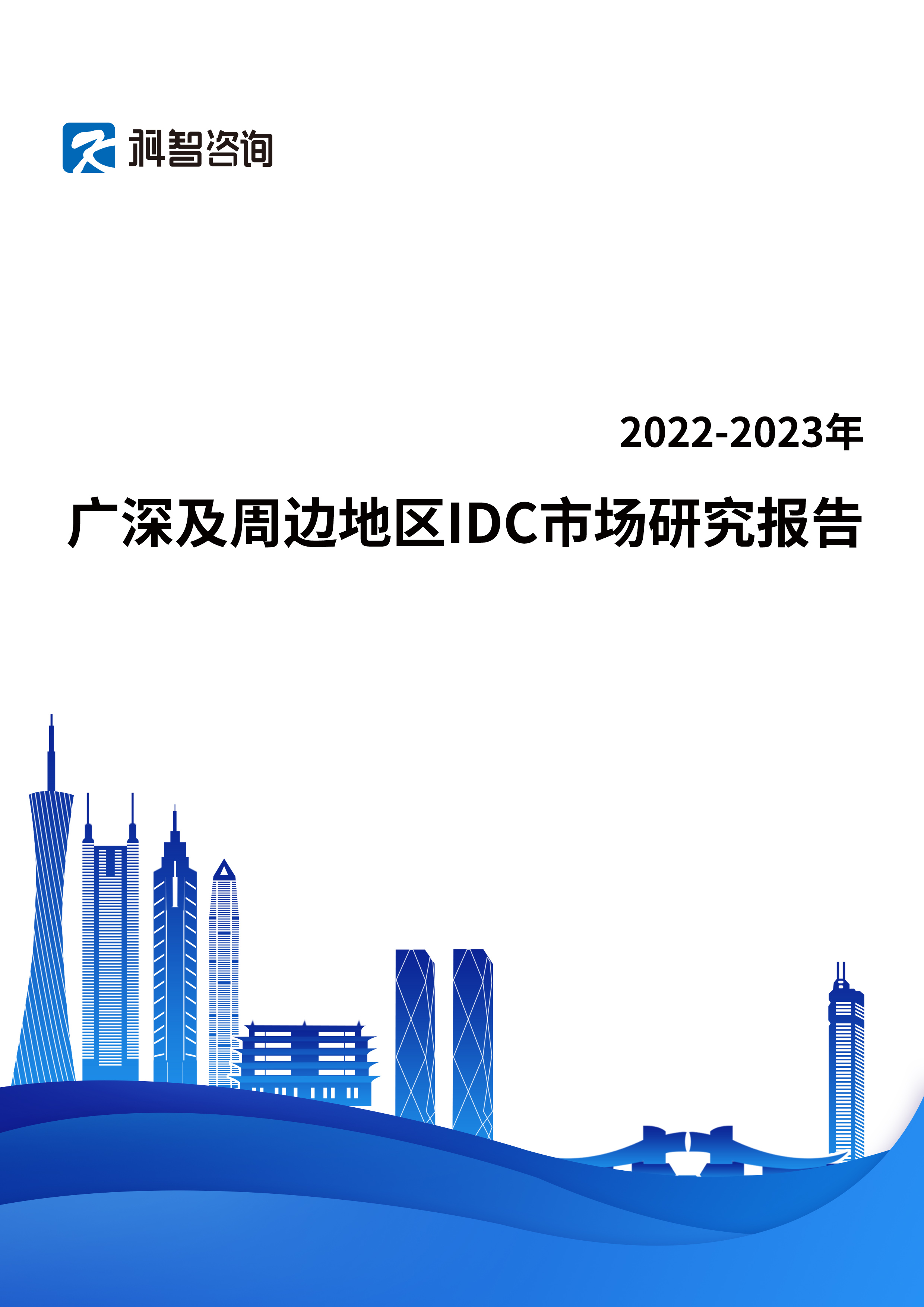The Malaysian data center industry received a jolt yesterday from higher than expected electricity tariff hike that kicked in today, with some hinting that they might explore other markets like India, Japan, Thailand, Vietnam and Indonesia. This could jeopardise the growth trajectory of Johor which has so far been enjoying an incredible run from billions of dollars pouring in from Big Tech to build data centers.
Industry stakeholders are hoping for a quick solution as the new electricity tariffs could result in substantial increases in their bills to the tune of millions in US dollar terms.
“For a 100-megawatt (MW) facility, this could translate to an additional US$ 15 million to US$ 20 million per year (10% to 14%) without considering fuel surcharge,” said Gary Goh, founder and director of data centre advisory firm Sprint DC Consulting in a Reuters interview today.
Goh told W.Media that these foreign investors have already witnessed a big leap in data center power tariff when Imbalance Cost Pass-Through (ICPT) was at 16 sen/kWh in the last six months compared to a much lower 3.7 sen /kWh in 2022.
“Many industry people may feel this increase is abrupt and are unprepared; more importantly, many investors felt that they were singled out to be targeted as this current increase for Ultra High Voltage (UHV) is unrelated to fuel cost. When the industry threatens to reconsider its investment in Malaysia, that is a loud and clear message,” he said, when asked about the wait-and-watch approach adopted by some investors.
“Many investors have bought land, but land cost is only US$ 25 – US$ 50 million,” Goh pointed out. Commenting on the industry’s protest highlighted in that article, Goh explained, “now technically, they hinted of the possibility of shifting some load to other markets. The Malaysian government should take them seriously and have a dialogue with the industry. If a review is not possible, at least, a gradual multi-year step up is still better than no review of the current situation,” said Goh.
Competitive rates for electricity, which forms the bulk of operating costs, make Malaysia a magnet for data centres compared to land-scarce neighbour Singapore, luring billions of dollars in investment from companies like Microsoft and Google. Malaysia is set for the region’s fastest surge in data centre power demand, tripling to 21% by 2027 from 7% in 2022, a joint report in May by Bain & Co, Google and Singapore’s state-owned Temasek showed.
However, the Malaysian data center market is already on a cooling down trajectory since earlier this year, said Sprint’s Goh.
Mahadhir Aziz, president of the Data Centre Association of Malaysia, meanwhile is quoted to have called for a dialogue with the government to reconsider the tariff hikes, “otherwise, it could drive investment towards neighbouring Vietnam and Thailand.” The association counts big firms like Bridge, AirTrunk, DayOne, and Equinix among its members. Mahadhir further said even if the investors have invested in land and buildings in Malaysia, they could still reconsider their investments.
One of the key points of contention include the confusing calculation methods for the tiered pricing system with ultra high voltage users like data centers paying a bigger share of the infrastructure or distribution network or grid management costs. Additionally, the variable monthly fuel surcharge adds uncertainty to operational costs. Higher operational costs would also be amplified along the value chain and ultimately be passed down to consumers. For example, cloud services subscription fees may increase.
Mahadhir, who is a former CEO of the Malaysia Digital Economy Corporation, is quoted to have called for the implementation of the revised rates to be postponed indefinitely until a comprehensive review is conducted.
Malaysia’s Energy Commission which had set the new rates did not immediately respond to press requests for comment.








